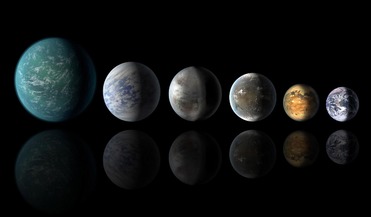 20 August 2018
Galaxy should be teeming with water-worlds say researchers
20 August 2018
Galaxy should be teeming with water-worlds say researchers
...like star was discovered in 1995. Since then, a number of missions have set out to find and measure details of the plethora of...notable in this task has been Kepler, which has found, along with its extended K2 mission, around 2700 confirmed planets and...
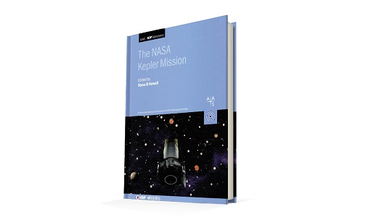 22 June 2021
The NASA Kepler Mission
22 June 2021
The NASA Kepler Mission
... confirmed exoplanets. Indeed, a section excitingly entitled, ‘There are more planets than stars’ reports that the Kepler mission revealed “the fact that planets outnumber stars in our Galaxy”. This is apparently because dwarf stars are...
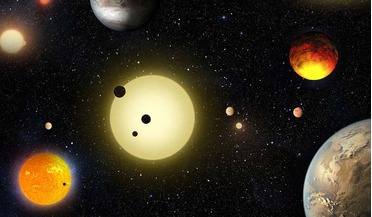 11 May 2016
Kepler scientists announce a major increase in confirmed exoplanet numbers
11 May 2016
Kepler scientists announce a major increase in confirmed exoplanet numbers
... paper published in The Astrophysical Journal, said “today, we are announcing the discovery of 1284 new planets in the Kepler mission. This is the most exoplanets that have ever been announced at one time. This more than doubles...
 April 2019
Scanning the skies for exoplanets
April 2019
Scanning the skies for exoplanets
... the Sun.” The stars TESS is designed to study are typically 30 to 100 times brighter than those the Kepler mission surveyed. HD 21749b’s host star (HD21749) on the other hand is classed as an M-dwarf or red dwarf. Red dwarfs range...
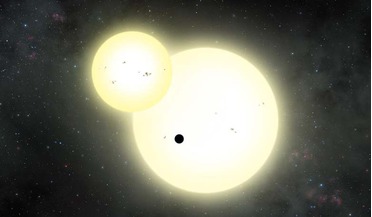 14 June 2016
Astronomers discover a giant planet orbiting two suns
14 June 2016
Astronomers discover a giant planet orbiting two suns
...gathered with the Kepler telescope, to confirm the transit involved two suns. "During the lifetime of the Kepler Mission, we've only ... paper. "We weren't expecting to find anything like [Kepler-1647b], with such a long orbital period because those ...
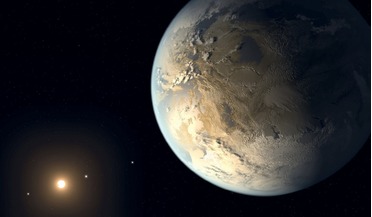 August 2018
Exoplanet census promises radical discoveries
August 2018
Exoplanet census promises radical discoveries
..., shown in the top panel. WFIRST Exoplanet Microlensing Survey In Figure 1 we compare the region of orbital sensitivity of NASA’s Kepler mission and WFIRST to the orbits of planets in our solar system. Both WFIRST and...